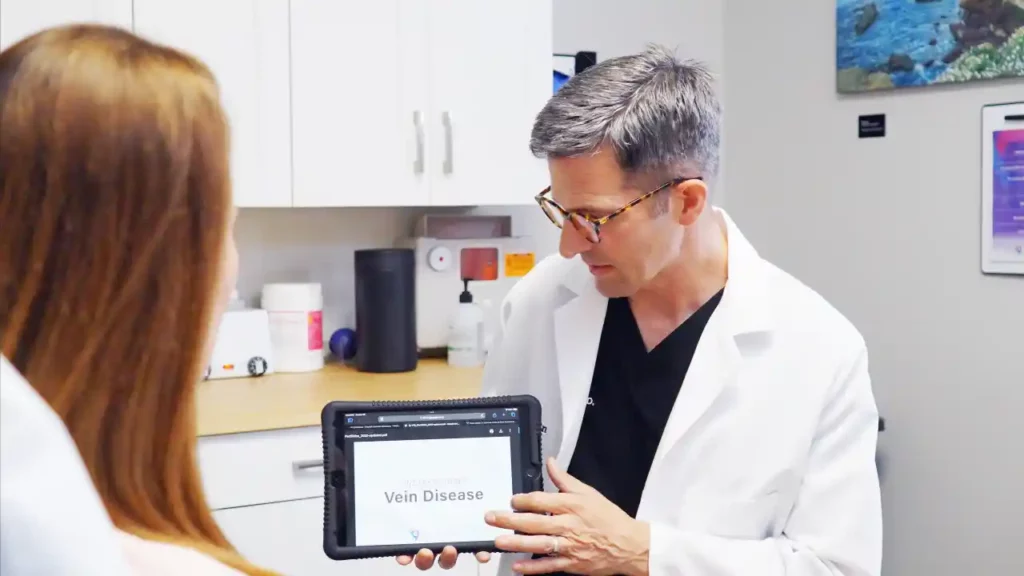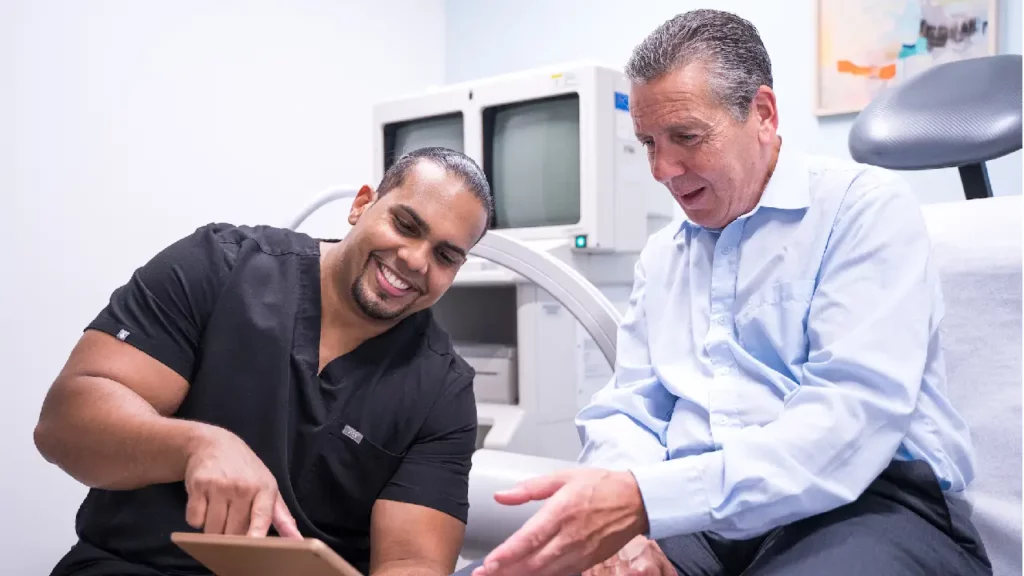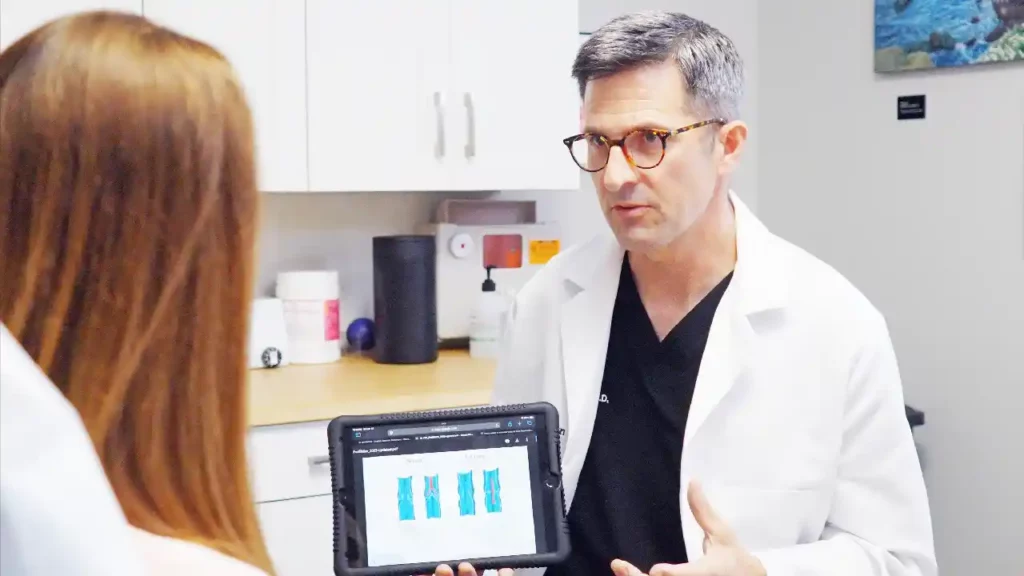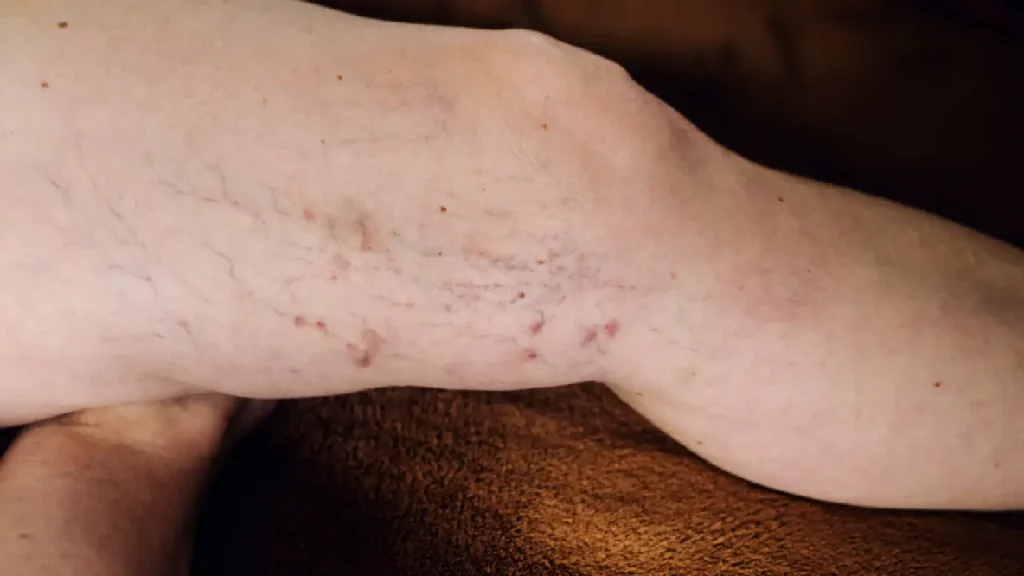When it comes to vein treatments, there’s a sea of misinformation out there. It can be tough to sort fact from fiction. But fear not! We’ve consulted top vein doctors to debunk the most common misconceptions and shed light on the truth about vein treatments.
1. Vein Treatments Are Purely Cosmetic
Many believe vein treatments are pursued only for vanity, chasing after flawless legs. However, this assumption misses the larger health picture. Top vein doctors highlight that conditions like varicose veins and spider veins are not just cosmetic concerns but can lead to discomfort, pain, and even more serious health complications if untreated. Addressing vein health is as much about improving quality of life as it is about appearance.

2. Only Women Suffer from Varicose Veins
While it’s true that women are more commonly affected by varicose veins, partly due to hormonal factors and pregnancy, men are not immune to them. Statistics show a significant number of men experience varicose veins at some point in their lives. The stereotype that vein issues are a ‘women’s problem’ is outdated and ignores the universal nature of vein health.
3. Surgery Is the Only Option for Varicose Veins
Gone are the days when surgery was the sole remedy for varicose veins. Advances in medical technology have introduced non-invasive or minimally invasive treatments, such as laser therapy and sclerotherapy. These alternatives offer effective results with minimal downtime and discomfort, changing the landscape of vein treatment according to top vein doctors.
4. Varicose Veins Are Always Visible
This is one of the most common misconceptions. In reality, varicose veins can exist deep under the skin, not visible to the naked eye but causing symptoms like aching, swelling, and tiredness in the legs. Routine examinations and ultrasound can help uncover them, which is why consulting with a vein doctor is crucial, even if no veins are visibly bulging.

5. Vein Treatment Requires Long Recovery Times
The narrative of long recovery periods post-vein treatment belongs to the past. Today’s treatments, as noted by top vein doctors, typically allow patients to return to their daily activities shortly after. With procedures like radiofrequency ablation and endovenous laser therapy, downtime is minimal, providing relief without significant lifestyle disruptions.
6. Compression Stockings Can Cure Varicose Veins
Compression stockings are indeed beneficial in managing symptoms and slowing the progression of varicose veins, but they don’t ‘cure’ the condition. Effective management of vein issues often requires treatments to address the underlying causes. Top vein doctors recommend a comprehensive approach, combining lifestyle changes, and clinical treatments for lasting results.
7. Spider Veins Are the Same as Varicose Veins
While both spider veins and varicose veins stem from venous insufficiency, they’re not the same. Spider veins are smaller, lie closer to the skin’s surface, and are often of cosmetic concern, whereas varicose veins are larger, raised, and can lead to more serious health issues. Understanding the distinction is critical in seeking the right treatment advice from vein doctors.

8. You Can Prevent Varicose Veins with Exercise
Exercise is vital for good vein health, improving circulation and strengthening the venous system. However, it’s not a foolproof prevention method for varicose veins. Factors like genetics, age, and hormonal changes play significant roles in their development. Regular exercise can help mitigate risk and alleviate symptoms but doesn’t guarantee immunity from varicose veins.
9. Crossing Your Legs Causes Varicose Veins
The idea that crossing your legs can cause varicose veins is a myth. While it’s true that maintaining any single position for extended periods can hinder blood flow, there’s no direct evidence linking crossed legs to the development of varicose veins. Proper movement and exercise are fundamental, but blaming crossed legs is overly simplistic and unfounded.
10. Vein Issues Are Not Related to Lifestyle
Lifestyle factors greatly influence vein health. A sedentary lifestyle, obesity, and prolonged standing or sitting can exacerbate the risk of developing varicose veins. Although not all vein issues can be prevented, leading a healthy lifestyle can play a significant role in mitigating risks and alleviating symptoms, as emphasized by top vein doctors.
11. Treatment Results Are Instant
Patients often hope for immediate results post-treatment, but the reality is that vein treatment outcomes can vary and may require time to manifest fully. Some treatments may result in visible improvements quickly, while others, like those for deep varicose veins, take longer to show the full effect. Patience and following the vein doctors advice are key.
12. Vein Treatment Is Extremely Painful
The belief that vein treatments are always painful is based on outdated information. Modern techniques are designed to minimize discomfort, and many patients report little to no pain during procedures. Top vein doctors ensure treatments are as comfortable as possible, using local anesthesia and sedatives when necessary.
13. Health Insurance Never Covers Vein Treatment
The notion that health insurance doesn’t cover vein treatment is a misconception. Many insurance plans do cover treatments, especially when deemed medically necessary. It’s important to consult with both your vein doctor and your insurance provider to understand what’s covered understand what’s covered under your policy, as coverage may vary.
